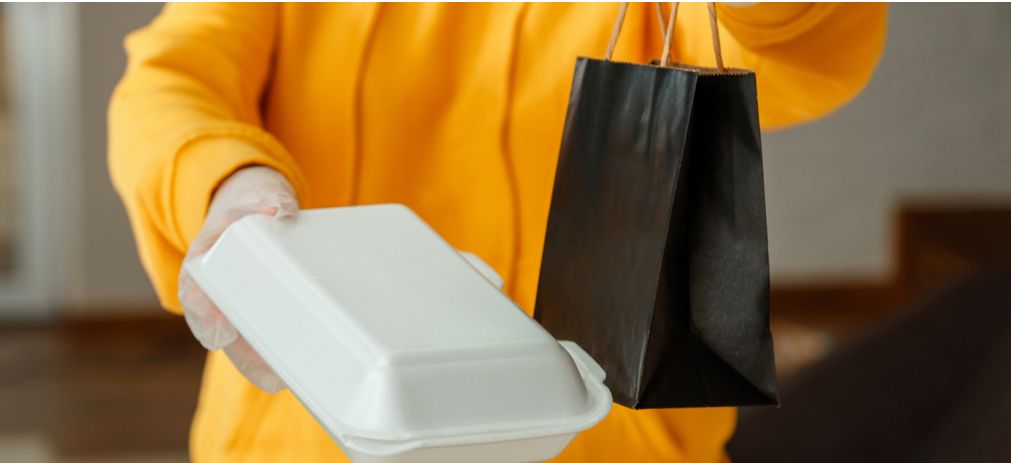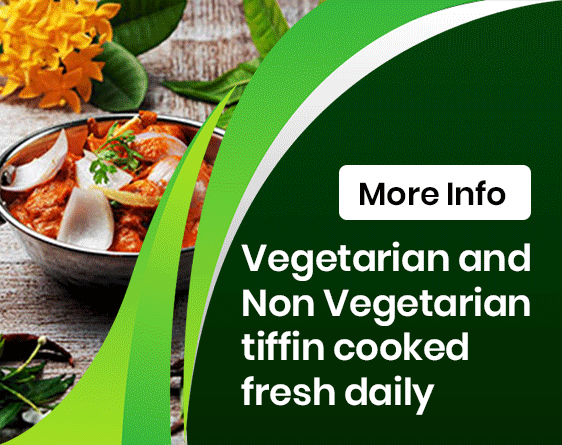The traditional tiffin service has long been an item of interest as travelling and resettlement in different parts of the world in post world war period exposed people to new foods and exotic cuisines.
People carried tiffin meals to school and workplaces in storage boxes, the unique containers designed specifically for a certain type of meal. The Anglo-Indian word tiffin comes from ‘tiffing’ – the English term for having diluted liquor. It is also used for having snacks or drinks out of mealtimes.
Food Storage Boxes-Tiffin Delivery
The understanding of tastes and flavours exploded with the spread of knowledge of complex ways foods are found and prepared in different parts of the world.
Foods chemicals attuned to the five basic tastes satisfy the five senses, and the complex flavours communicate with our brain receptors to provide a pleasurable eating experience.
Of course, there can be a personal definition for the classiest dining experiences. Still, foods like savoury meat flavoured with sauces, chicken curries and tandoori chicken are considered umami, a Japanese word for deliciousness.
Not only taste but also the aroma, texture and colours influence our eating experience. Food flavours and nutrition start with high-quality ingredients, and handling and storing foods most appropriately is important to prevent loss of flavours and quality.
What is a Tiffin Takeaway?
The tiffin service was packed as a lunchbox or a savoury, mostly a box containing food with small portions of informal snacks. It served as a box that could be transported from one place to another, keeping flies off and the food warm.
The standard two-tier and three-tier lunchboxes were popular in America, and the typical Japanese bento box was used several times for transporting lunch. Such boxes were made of metal as working man’s lunchboxes in the late 19th century. Such tiffin boxes can be seen at exhibitions or historical museums.
Indian lunch boxes were made up of brass or wood with a locking system, and it was used to transport food from temples without spilling, and the same food serving system was found in trains that carried stacked food boxes. Many different types of food were offered as tiffin ready, like cutlets, vadas, vegetable fritters, crisp lentil crepes, and snacks made from wheat.
Some Indian restaurants that started in the 1920s offered snacks and hot-filter coffee in such stores. Tiffin was also used to keep light meals around teatime or early dinner.
The Emergence of Modern Tiffin Takeaway
These days tiffin delivery is used to transport home–cooked meals packed for office goers or school children. Vegetarian tiffin service London meals mostly contain regional delicacies, spicy vegetables, yoghurt, lentils, rice, chapatis, and puddings.
Indian non-vegetarian cuisine offers an assortment of meat curries, masala tikkas, soups and kormas.
All the curries and soupy dishes are carried in portable, compact and packed compartments of the tiffin boxes to distance journeys or outdoor feasts.
The famous Indian tiffin wallahs of Bombay transported tiffins filled with savoury snacks and spiced tea to busy office areas.
The sealed compartments of the lunchbox with a tight-fitting lid and side clip prevented the spillage of Indian curries. At the same time, it ensures people who love food get healthy and divine contentment from the unique delicacies packed in the lunchbox.
The Indian eateries host the ‘Tiffin Ready’ boards to show they offer light snacks or finger foods between breakfast and dinner.
These days, lunchboxes are made into tiered stacked compartments clamped down from the sides. It has a main meal space, space to keep spoons, and extra space for sides and salads. These are mainly made from stainless steel.
Previously, the compartments were made up of brass plated in a tin inside to prevent corroding and tarnishing.
Many types of tiffin boxes are made these days from aluminium, polystyrene, bio-degradable material, non-breakable glass and wood – which are lighter and easy to manage.
Today we can find them in many shapes and sizes. The modern versions come with insulated covers, and some have an electric heating system to heat the food before eating.
In different parts of the world, the lunchbox culture emerged with the growth of themes like “eat – drink and live.” The tiered containers provide an easy way to hold different foodstuffs that can be eaten directly without heating or modification. The large containers carry food to feasts or outdoor house parties.
How Tiffin Service is an Important Part of the Modern Lifestyle?
Though substantial changes could be seen in the new collections of lunch boxes, the growth in travelling has been one of the key factors as people experienced new exotic cuisine and carried it to different places. Nowadays, people carry many foods like rice, curries, lentil stews, slices of bread, tortillas, desserts, cakes, fruits, sandwiches, carrot sticks and beans and other items in boxed compartments.
Many Asian soupy foods flavoured with herbs cooked in rich, creamy flavoursome sauces or those authentically made in yoghurt or grilled dry varies can be perfectly stored in the original form in the different compartments of the tiered boxes to prevent spilling fluids.
Also, it keeps the foods separate and invariantly holds the original flavours of each recipe in different compartments.
These days, health practitioners boost the idea of using a variety and quality of food choices. The formula for healthy food is to fill the lunch box with colourful vegetables, fruits, grains, and healthy proteins. In addition, a small amount of healthy fat and dairy can be added for a tasty meal. People are adding unique food types prepared in different ways to get all the required nutrients. Different themes like Mexican, Chinese, Italian, and Indian foods can be added to the Food Services menu.
Mexican foods like brown rice, beans, whole grains, tortilla chips, and diced avocado are separately packed, or Chinese broccoli florets and brown rice with soy dippings can be used as another preference. In addition, cut sandwiches and mini cookies, and fruits cut in different shapes are often added for a healthy eating track.
Homemade Indian food contains vegetables and curries, and most meals have rice, naan, tapioca, bread or paratha, salad, and pickles. In addition, hot steamed rice or vegetables stir-fried with green peppers, onions, and herbs can be found in most tiffin meals.
Such an extensive menu with varied food items carefully organized for the tiffin box needs proper planning and scheduling and a suitable storage container.



